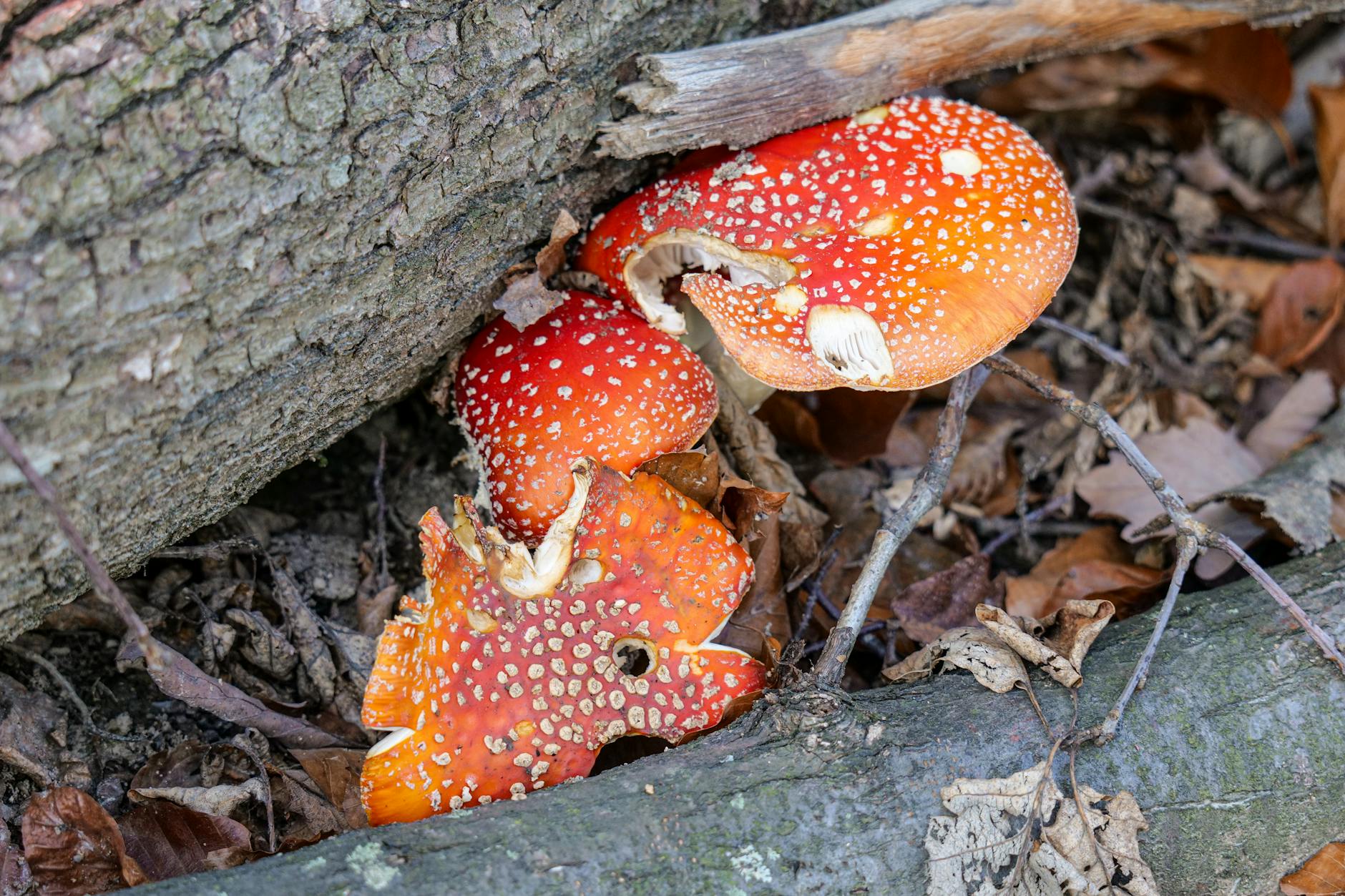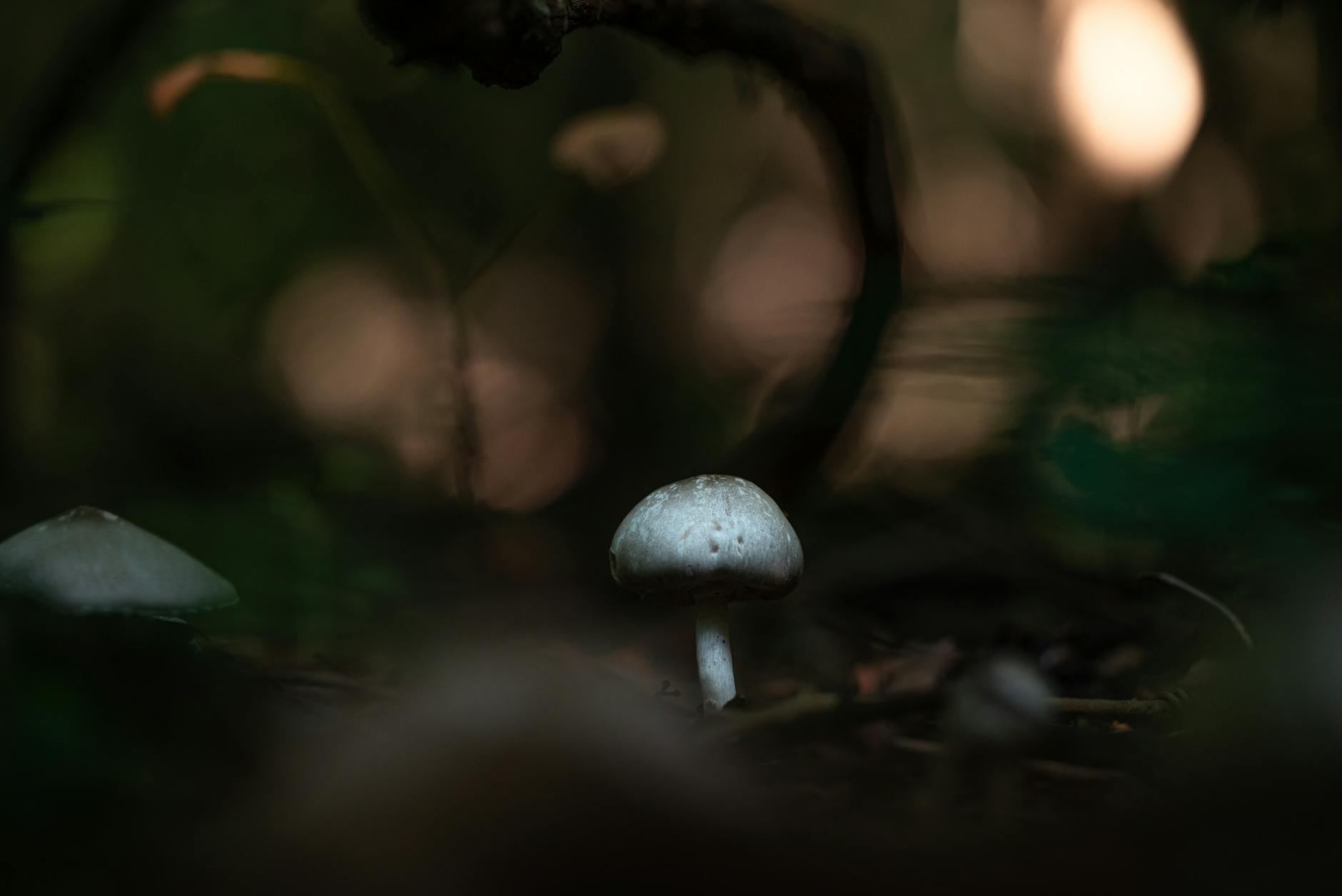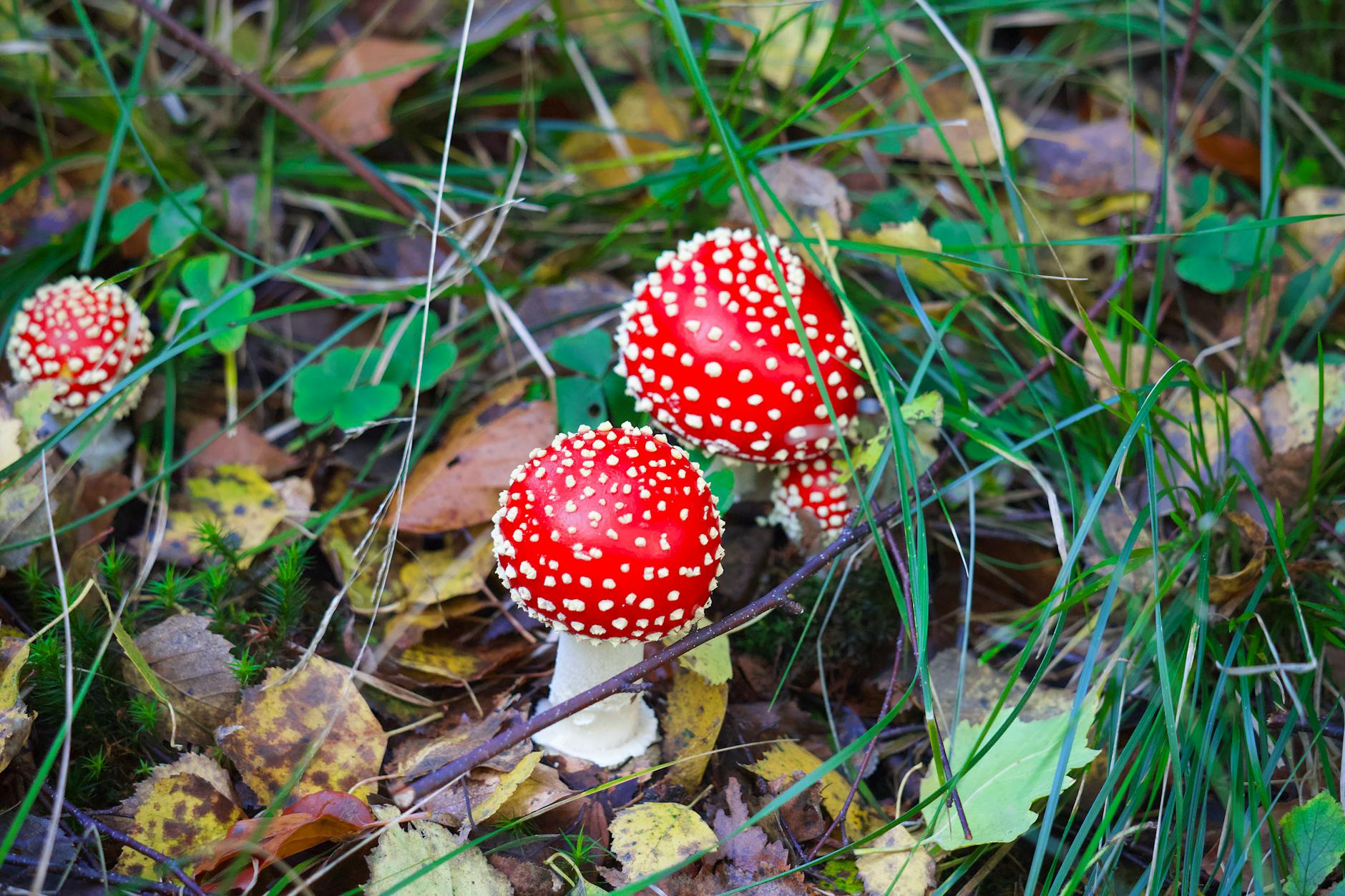Unmasking Poisonous Mushrooms: Essential Tips for Safe Foraging
Mushroom foraging can be a rewarding experience, allowing you to connect with nature and enjoy the thrill of discovering a variety of fungi. However, the excitement of the hunt should always be accompanied by caution, as there are many poisonous mushrooms that can have serious, even fatal, consequences if ingested. In this guide, we will uncover essential tips for safe foraging to help you navigate the world of mushrooms with confidence.
Understanding the Risks of Poisonous Mushrooms
Before venturing out into the woods in search of mushrooms, it is crucial to understand the potential risks associated with poisonous varieties. Poisonous mushrooms contain toxins that can cause a range of symptoms, from gastrointestinal distress to organ failure. In severe cases, ingesting certain types of poisonous mushrooms can result in death. It is vital to be able to identify toxic mushrooms and differentiate them from their safe counterparts.
Identifying Poisonous Mushrooms
One of the most critical aspects of safe mushroom foraging is the ability to accurately identify which mushrooms are safe to eat and which should be avoided at all costs. Some common poisonous mushrooms include the Death Cap, Destroying Angel, and False Morel. These mushrooms often have distinguishing features such as a ring on the stem, a cup-like structure at the base, or a distinctive odor. To ensure your safety, it is essential to familiarize yourself with the characteristics of both toxic and edible mushrooms.
Tips for Safe Foraging
When embarking on a mushroom foraging expedition, follow these essential tips to minimize the risk of encountering poisonous mushrooms:
1. Educate Yourself: Invest time in learning about the different types of mushrooms that grow in your area. Attend workshops, read guidebooks, and seek guidance from experienced foragers to enhance your knowledge.
2. Use a Field Guide: Carry a reliable field guide specific to the region where you are foraging. A comprehensive guide will help you identify mushrooms accurately and determine whether they are safe to consume.
3. Inspect Carefully: Thoroughly examine each mushroom you find, paying close attention to details such as color, shape, texture, gills, and stem. When in doubt, consult your field guide or seek the advice of an expert.
4. Start Slow: If you are new to foraging, begin by collecting only well-known, easily identifiable mushrooms. Avoid consuming any wild mushrooms until you are confident in your ability to distinguish between safe and toxic varieties.
5. Consult with Experts: When in doubt, do not take any risks. Reach out to mycologists, experienced foragers, or local mushroom clubs for assistance in identifying mushrooms and determining their edibility.
Conclusion
While the world of mushroom foraging can be intriguing and fulfilling, it comes with inherent risks, particularly when it comes to poisonous mushrooms. By arming yourself with knowledge, practicing caution, and following the essential tips outlined in this guide, you can safely enjoy the art of foraging while minimizing the likelihood of encountering toxic mushrooms. Remember, when in doubt, it is always better to err on the side of caution and refrain from consuming any mushroom unless you are certain of its safety. Happy foraging!
In conclusion, mushroom foraging can be a delightful pastime, but it is essential to approach it with caution and knowledge to avoid the dangers posed by poisonous mushrooms. By following the tips provided in this guide and staying vigilant while exploring the forests, you can safely enjoy the adventure of mushroom foraging.


